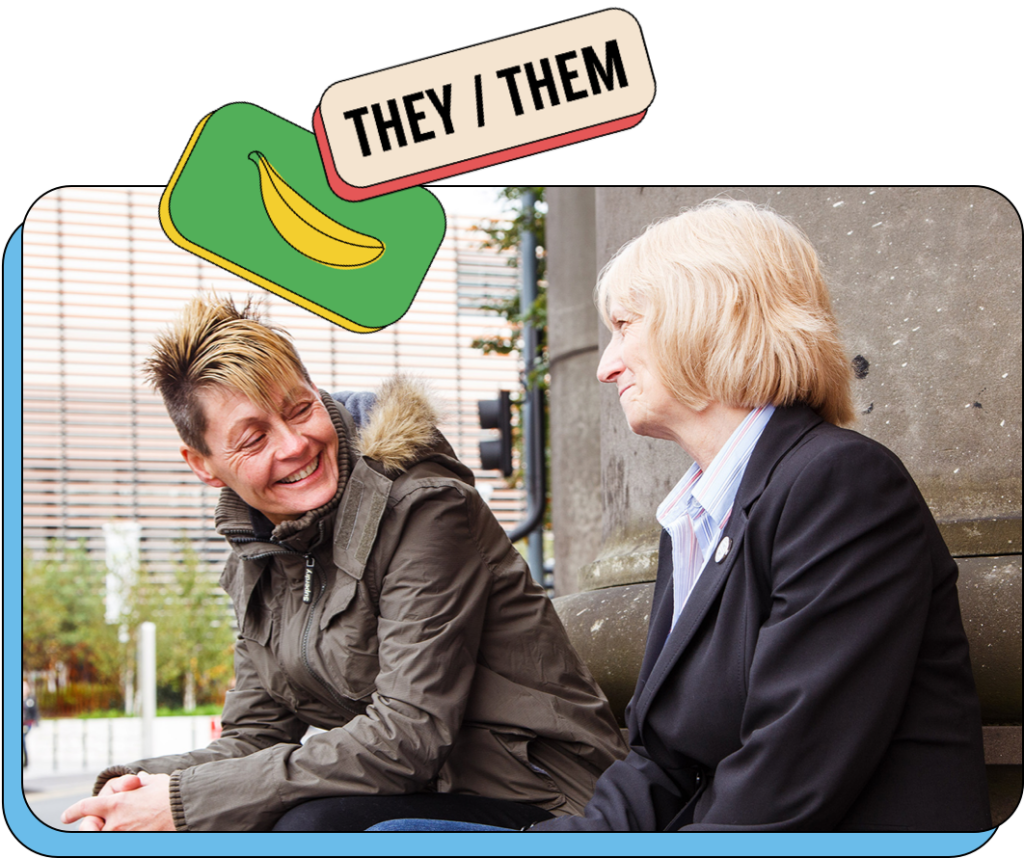Pubic lice are tiny parasitic insects that live on coarse human body hair, such as pubic hair.
Pubic lice are sometimes known as crabs because they have two large front legs that look like the claws of a crab.
As well as being found in pubic hair, they are also sometimes found in:
Unlike head lice, pubic lice don’t live in scalp hair.
Pubic lice are spread through close bodily contact, most commonly sexual contact, with an infected person. They aren’t associated with poor personal hygiene. They crawl from hair to hair, but can’t fly or jump. They need human blood to survive, so will only leave the body to move from one person to another. Using condoms and other methods of barrier contraception doesn’t protect you against pubic lice. Other types of close bodily contact, such as hugging and kissing, can also spread the lice. It’s also possible – though less common – for pubic lice to be spread through sharing clothes, towels and bedding.
As pubic lice are usually spread by direct skin-to-skin intimate contact, you should avoid contact with people who have them, and with textiles or clothing that may have been used by someone who has them. If you have them, you can avoid spreading them by avoiding close or intimate contact with anyone else until the infestation has been fully treated.
After getting pubic lice, it can take several weeks before any symptoms appear and these include:
Itching is the most common symptom of pubic lice and is an allergic reaction to their saliva. The itching is usually worse at night, when the lice are most active. Adult pubic lice are very small (2mm long) and aren’t easy to see. They’re a yellow-grey or dusky red colour and have six legs.
The lice lay their eggs (nits) in sacs that are stuck firmly to hairs and are a pale brownish colour. When the eggs hatch, the empty egg sacs are white. Although pubic lice and lice eggs are small and difficult to see, they may be visible in coarse hair anywhere on your body (apart from hair on your head).
You can get tested for pubic lice at one of our nurse-led sexual health clinics.
The nurse will examine the skin of the affected area.
All of our services are free and confidential.
Pubic lice can be treated at home with insecticide cream, lotion or shampoo. Your sexual health clinic, GP or pharmacy can advise you about which treatment to use and how to use it. It’s important to follow their advice.
Some treatments only need to be applied to the affected area, but sometimes the whole body must be treated, taking care to avoid the eyes. The treatment usually needs to be repeated after three to seven days.
If the treatment doesn’t work, you may need to use another type. This is because pubic lice can develop resistance to some treatments. Your GP, pharmacy or sexual health clinic will be able to advise you about suitable alternatives.
To prevent re-infestation, anyone you’ve had close bodily contact with, including any sexual partners you’ve had in the past three months, should also be treated, even if they don’t have symptoms.
Certain groups, such as young people under 18 years of age and pregnant or breastfeeding women, may require a specific type of treatment. Ask your GP or pharmacy for further advice about this.
We are here to support you, not to judge you.
